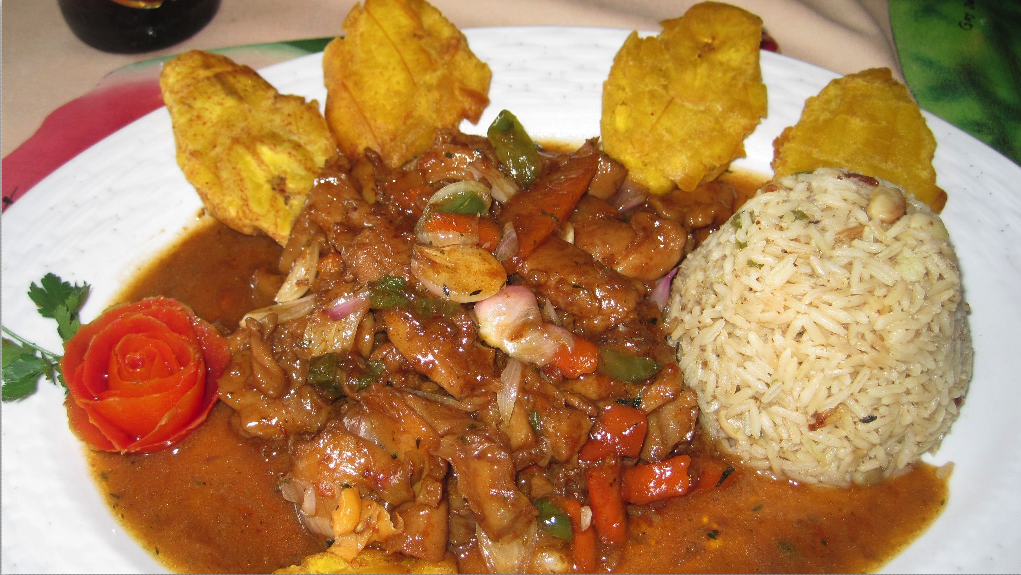By Mike Persaud
News Americas, NEW YORK, NY, Tues. July 6, 2021: Attorney General of Guyana, Mohabir Nandlall, is currently on a visit to New York. On July 2nd, he appeared at two meetings – one at Villa Russo to an audience of 60 and second, at Royal Restaurant on Rockaway Blvd. in Queens, NY to an audience of 150.
At the Villa Russo meeting, I asked Mr. Nandlall a question about the Stabroek Block Oil Contract. I held up a posterboard on which we compared main features: Royalty, Profit Share, Profit tax, Environment Responsibility – of the Guyana’s vs Suriname’s Contract. Suriname gets 6.25% vs Guyana 2% on Royalty.
Mr. Nandlall tried to cut me short twice. I explained that the posterboard is a nice visual to help folks easily and quickly grasp the pivotal issues of the contract. On the Royalty item, I said Guyana is losing US$24 billion on 9 billion barrels reserves in the Stabroek Block – 9 billion times average price of US$60 times 4.25%. At this point Mr. Nandlall cut in to say he himself had for a few years been writing and criticizing the lopsided Contract.
I then said: “In that case I’ll make it short: Why don’t you and your govt ask ExxonMobil to come back to the table to review the terms of the Contract?”
Mr. Nandlall began talking about “four corners of a contract” that must be respected. He said the contract had been negotiated in 2016 by the previous govt. And, then he pronounced on the most crucial point of this exchange: He said from now on, his govt shall negotiate new PSA’s on all future oil blocks – “on our terms.”
Really? Which future blocks? I reproduce here a table, that can be found at www.oggn.org/infographics/guyana-oil-blocks.html, showing PSA’s that have already been negotiated and signed. Which blocks is Mr. Nandlall promising to negotiate?
The problem the Oil & Gas Governance Network has with the Government of Guyana, is that it has thus far stubbornly refused to simply ask ExxonMobil to come back to the negotiating table. Not demand, not threaten to litigate the contract, just ask.
Let ExxonMobil go on the record and say no. Let ExxonMobil seek refuge in “sanctity of contracts.” We do not know how ExxonMobil would respond. We are of the opinion that ExxonMobil is interested in a long-term harmonious, stable relationship between the Oil company and the host govt – and would therefore be amenable to work out fairer terms to make both parties happy to sustain a long-term relationship.
I conclude by saying: On the royalty item alone of one oil block, the Oil companies are walking away with US$24 billion ill-gotten gains due to a lopsided contract. These are windfall gains at the expense of the poor Guyanese people – per capita income US$4,000; about 30% of the population survive on less than US$2 a day.
This Contract must not stand. We need a govt that will stand up for the people.
EDITOR’S NOTE: Mike Persaud is a NYC high school teacher with an MBA who is part of the Oil & Gas Governance Network










